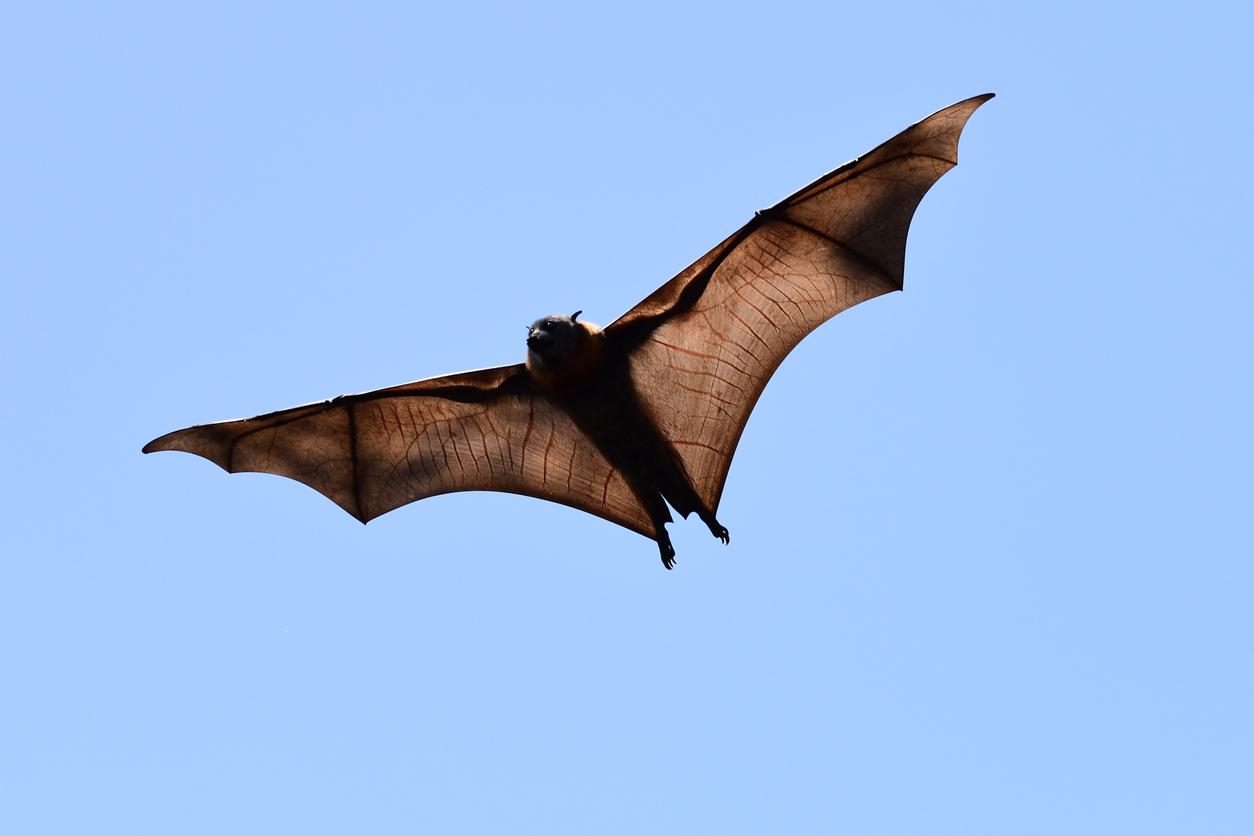A viral “archaeological” feat has made it possible to trace the origin of the AIDS pandemic. A team from the University of Oxford in Great Britain and Leuven in Belgium managed to find out where and when the disease germinated before spreading across the planet.
The answer, unveiled in the journal Science, is probably located in Kinshasa, the capital of what is now the Democratic Republic of the Congo, in the 1920s. “For the first time, we analyzed all the genetic data available using the latest techniques. phylogeographic to statistically estimate the origin of the virus, ”explains Professor Oliver Pybus of the Oxford Department of Zoology, one of the main authors of the study.
The researchers analyzed mutations in the genetic code of HIV. “You can see the traces of the history of the virus in the current genomes”, explains Olivier Pybus. Marks corresponding to mutations cannot be eradicated, assures the researcher. It is therefore by reading these mutational benchmarks that the team managed to reconstruct the family tree of the pandemic and to go back to its roots.
An expansion linked to the development of transport
The complex history of the evolution of the pandemic is summarized by scientists: “our research suggests that after the initial transmission of the virus from animals (the monkey, note) to humans through hunting and consumption of bushmeat, there was a brief window in the Belgian Congo era that allowed this particular strain of HIV to emerge and spread. ” Scientists say that population growth, the sex trade, the use of unsterilized syringes in clinics, and the development of railways all contributed to the rapid spread of the virus between the 1920s and 1950s.
“The changes in society that took place at the time of Congo’s independence in 1960 also probably meant that the virus was able to escape from small groups of HIV-positive people to infect larger populations, before spreading throughout the country. the world “in the late 1970s, adds the study.
The human immunodeficiency virus (HIV), discovered in 1981, killed over 36 million people in the world to date.


















